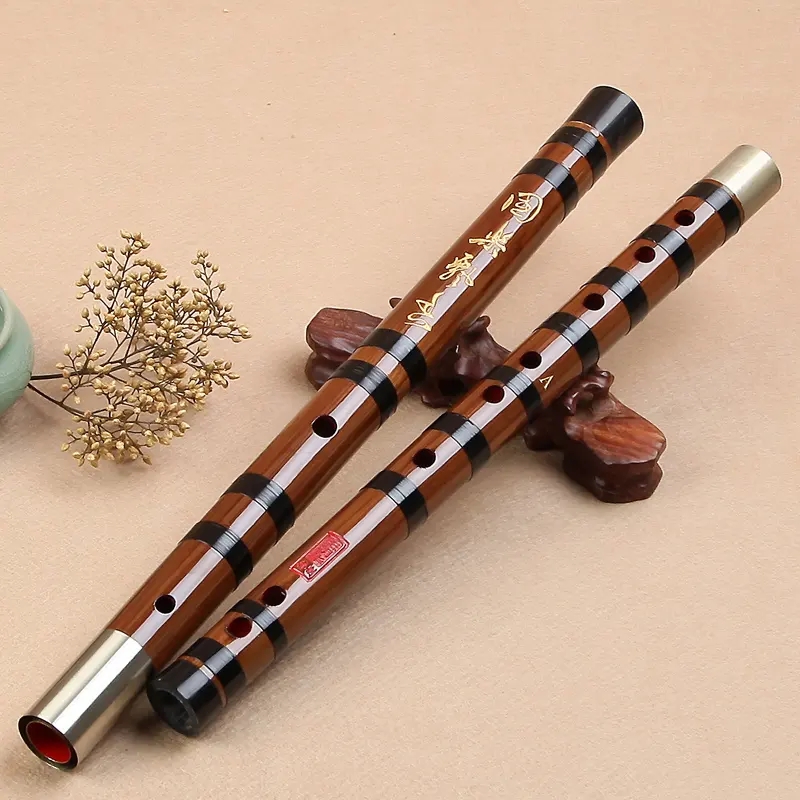Dizi making tutorial process
Today I will share with you how to make a flute.

First choose the bamboo material. Generally speaking, it is necessary to choose old, solid and dry bamboo, followed by small bamboo joints (not too tight), round and flat surface, and the thickness of the two ends is not much different. Once selected, cut into sections according to the length of the flute. If the bamboo body is not straight, you can use firewood (or grass fire) to bake it. After heating the bent area, straighten it and immerse it in cold water (to prevent the curvature from recovering). After cooling, take it out and wipe it dry.
Open up the inner section and flatten the outer section to be as smooth as possible inside and out. If the bamboo skin is rough and unsightly, you can also scrape a thin layer of skin.
Determine the tone by measuring the size. After the bamboo material is ready, measure the inner meridian (diameter) and length, and decide what kind of flute is the most suitable according to its thickness and length.
Tune and dig holes. This is the most important and the most difficult step in the whole process of making the flute. Often the whole flute is scrapped because a hole is dug unqualified (pronunciation is not allowed).
When digging a hole, first dig the blowing hole (do not dig too large), plug the flute plug (you can also use a bamboo joint not to get through to make the flute plug), and then measure the distance from the blowing hole to the rear sound hole , dig two rear sound holes. Start by digging a small point, then blow it, listen to it, and see if the sound in the barrel is accurate? If it is a little lower, dig both holes forward (toward the blow hole) larger No more digging. It is important to note that when digging holes, the specified size cannot be exceeded, in case the sound hole is too high to make up for it.
After digging the rear sound hole, use this hole as the base point, and dig holes in order in the direction of the blowing hole, according to the size ratio. The method of digging is to dig small points first, and then expand while auditioning. Dig one hole, then dig another hole, and finally dig the membrane hole. Both excess bamboo can be sawed off first or after. If the bamboo flute tail is long, you can also open two front sound holes (also known as tuning holes), or you can cut the flute tail shorter, not the front sound holes.
After all the production process of the flute is completed, the sound is compared, tuned, and painted, and a new flute is finished.
 渝公网安备 50010702504639号
渝公网安备 50010702504639号